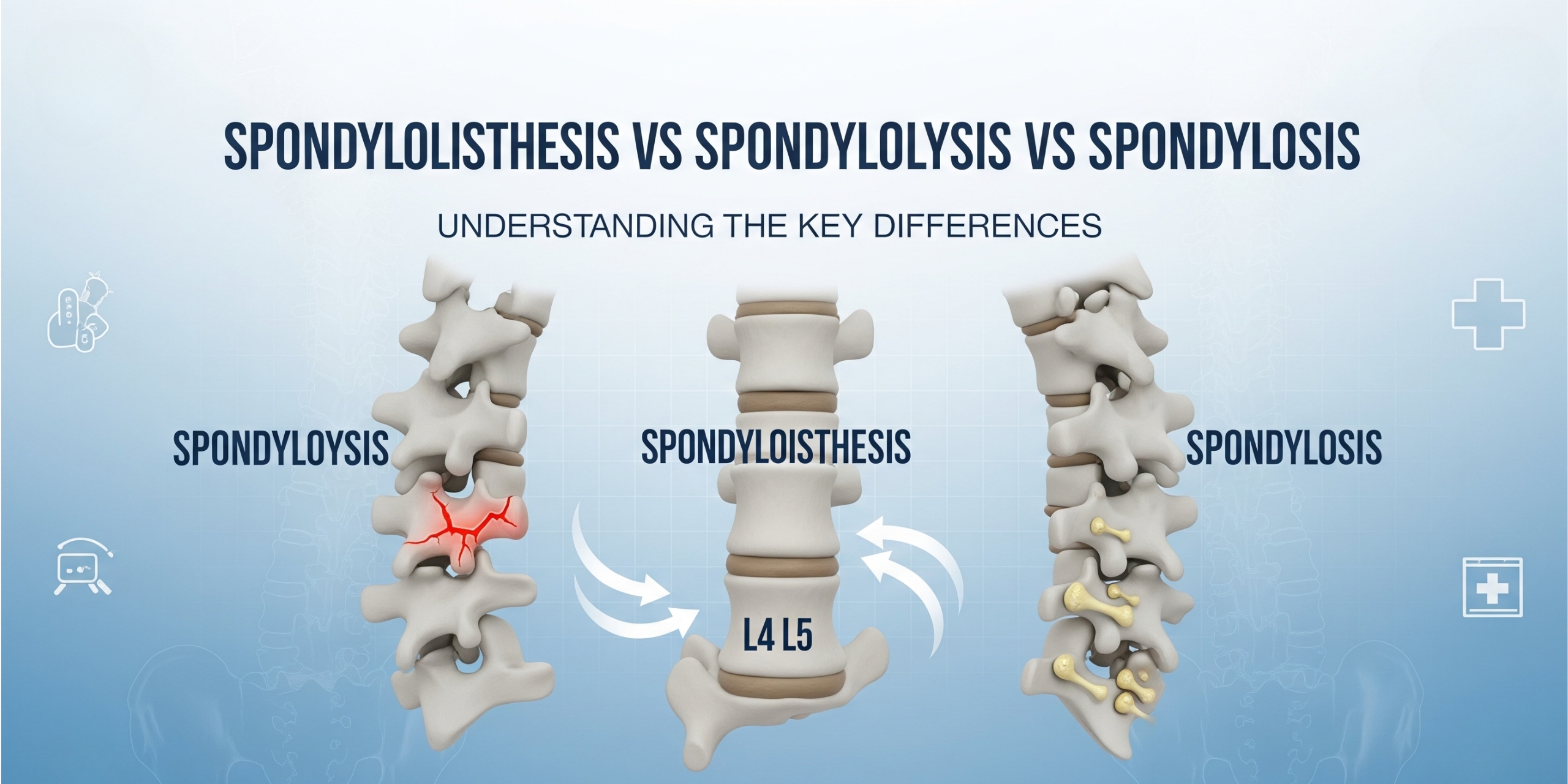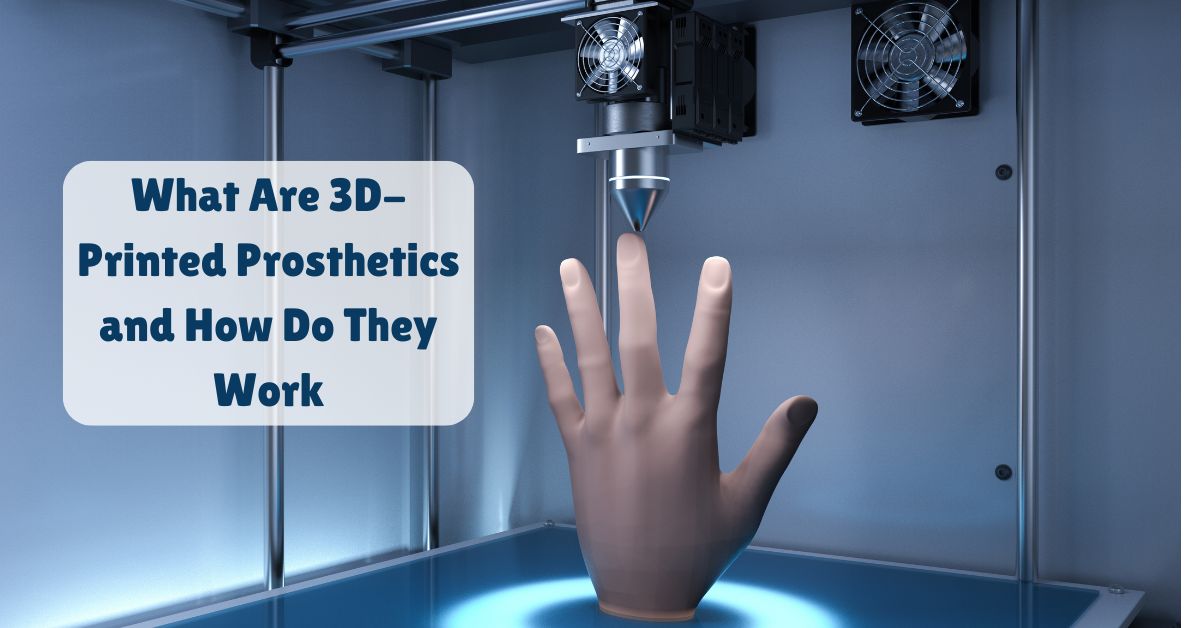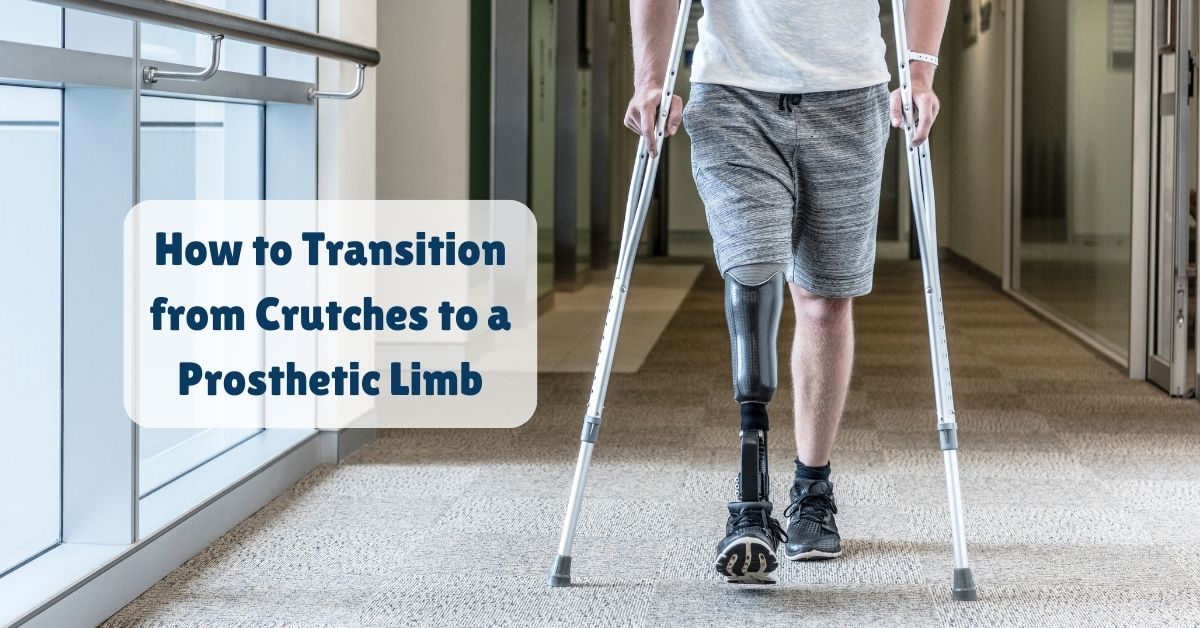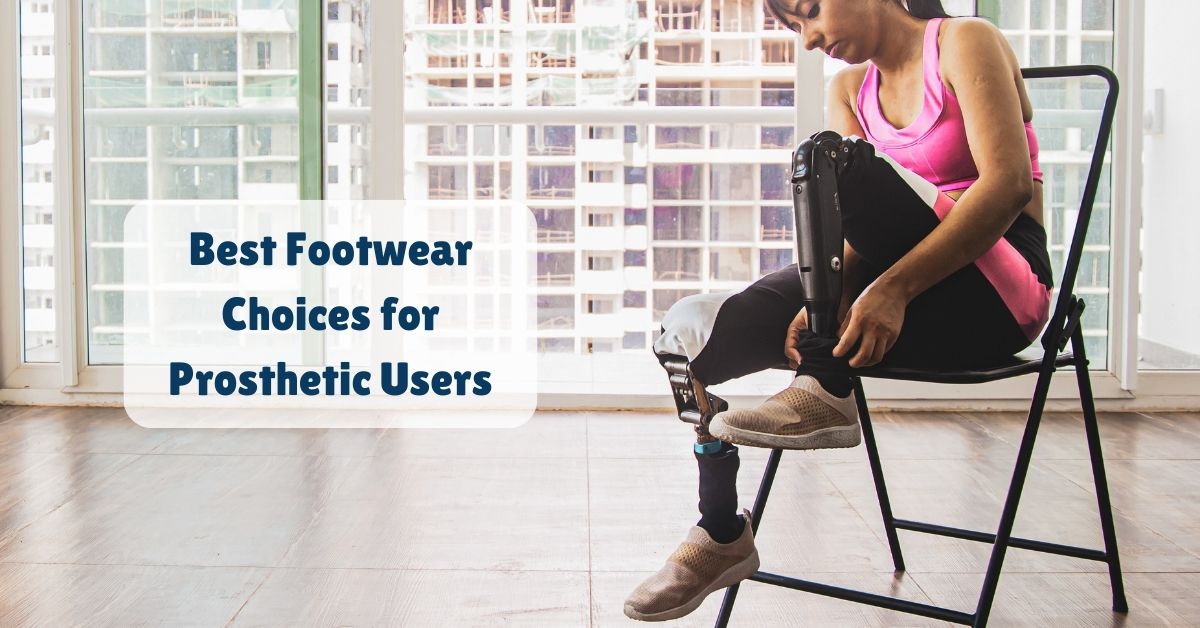Pediatric prosthetics are specialised devices designed for children who have lost limbs or were born with limb differences. These devices help children move and perform daily activities, enabling them to participate more fully in life. While they share similarities with adult prosthetics, pediatric prosthetics are uniquely tailored to meet the needs of growing children.
Types of Pediatric Prosthetics
Pediatric prosthetics are categorized based on the part of the limb they replace. The main types include:
1. Transradial Prosthetics: Replace the lower part of the arm, from the elbow to the hand.
2. Transhumeral Prosthetics: Replace the upper part of the arm, including the shoulder and elbow.
3. Transtibial Prosthetics: Replace the lower part of the leg, from below the knee to the foot.
4. Transfemoral Prosthetics: Replace the upper part of the leg, from the hip to the knee.
What is the Difference Between Pediatric and Adult Prosthetics?
Pediatric prosthetics are distinct from adult prosthetics in several key ways:
– Growth Adaptability: Children grow rapidly, so their prosthetics need to be adjustable or replaceable to accommodate growth.
– Lightweight and Durable: Children’s prosthetics must be lightweight to allow easy movement and durable to withstand the rigors of active play.
– Aesthetic Considerations: Prosthetics for children should look and feel natural to help them feel confident and comfortable in social settings.
The Process of Fitting and Customization
Fitting a pediatric prosthetic involves a team approach, including a prosthetist, doctor, and physical therapist:
1. Initial Assessment: A thorough evaluation of the child’s physical abilities and needs.
2. Customization: The prosthetist takes detailed measurements to create a custom prosthetic that fits well and is comfortable.
3. Adjustments and Growth Management: Regular adjustments and replacements are necessary as the child grows to ensure continued comfort and functionality.
Importance of Accommodating Growth
Children’s bodies change rapidly as they grow, which can affect the fit and function of a prosthetic. Proper fit is crucial to avoid discomfort or pain. Pediatric prosthetics are designed with features like adjustable straps and expandable sockets to accommodate growth.
A well-fitting prosthetic also supports a child’s emotional well-being by boosting their confidence and promoting independence.
Regular Check-Ups and Maintenance
Like any other medical device, prosthetics require regular care and maintenance:
– Routine Check-Ups: Regular visits to the prosthetist to ensure the prosthetic fits well and is functioning properly.
– Maintenance: Regular cleaning and lubrication are necessary to keep the prosthetic in good working order and to prevent wear and tear.
Parents and caregivers play a vital role in maintaining the prosthetic by monitoring for signs of wear or damage and following the care instructions provided by healthcare professionals.
Pediatric Orthotic and Prosthetic Services
These specialized services provide customized orthotic and prosthetic devices to support children’s mobility and independence. Pediatric orthotists and prosthetists work closely with children, their families, and other healthcare providers to create comprehensive care plans.
Benefits of Working With Specialized Providers
– Expert Knowledge: Specialists in pediatric prosthetics have the training and expertise to design, fit, and maintain these devices effectively.
– Ongoing Support: Continuous support and adjustments are provided to ensure the prosthetic remains effective as the child grows.
– Compassionate Care: These professionals offer empathetic and supportive care, addressing the unique challenges children with limb differences face.
Tips for Parents of Children With Prosthetics
– Encourage Consistent Use: Help your child get used to wearing their prosthetic regularly to build strength, improve mobility, and enhance confidence.
– Monitor Skin Health: Regularly check the skin under the prosthetic for any signs of irritation or infection, and keep it clean and dry.
– Promote Physical Activity: Encourage your child to engage in physical activities that are appropriate for their age and abilities.
– Attend Regular Appointments: Ensure regular check-ups with the prosthetist to maintain the prosthetic’s fit and functionality, and discuss any concerns.
By understanding and addressing the unique needs of children with prosthetics, we can help them lead active, happy, and fulfilling lives.
Conclusion
So, let’s stand together, hand in hand, offering love, guidance, and support every step of the way. With our collective strength and determination, we can help these remarkable children thrive and conquer any obstacle that comes their way. Together, we can ensure that every child’s journey with pediatric prosthetics is filled with hope, joy, and endless possibilities.
Contact us and book an appointment with our skilled practitioners to help your children reach their full potential.











